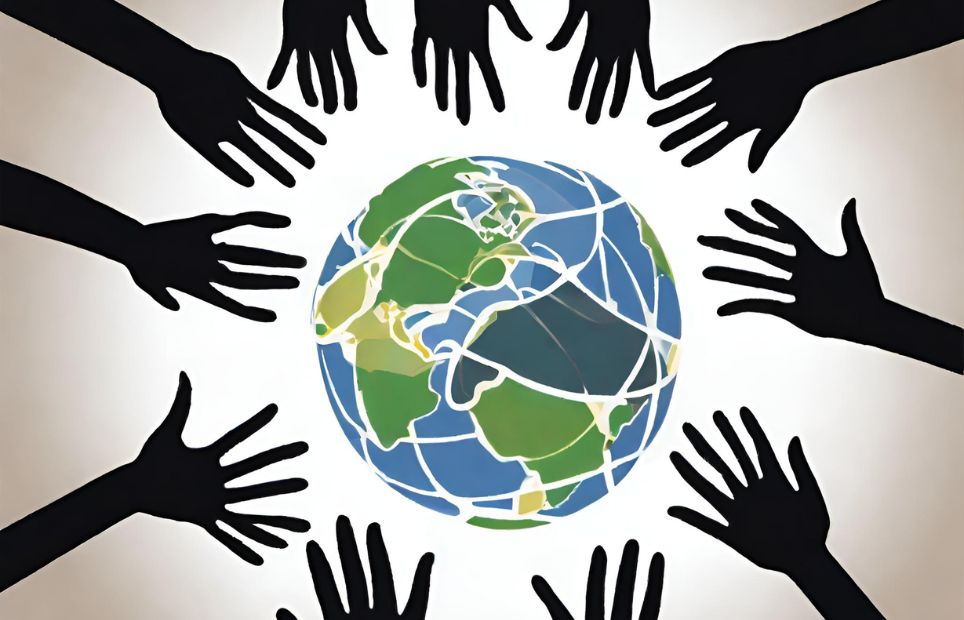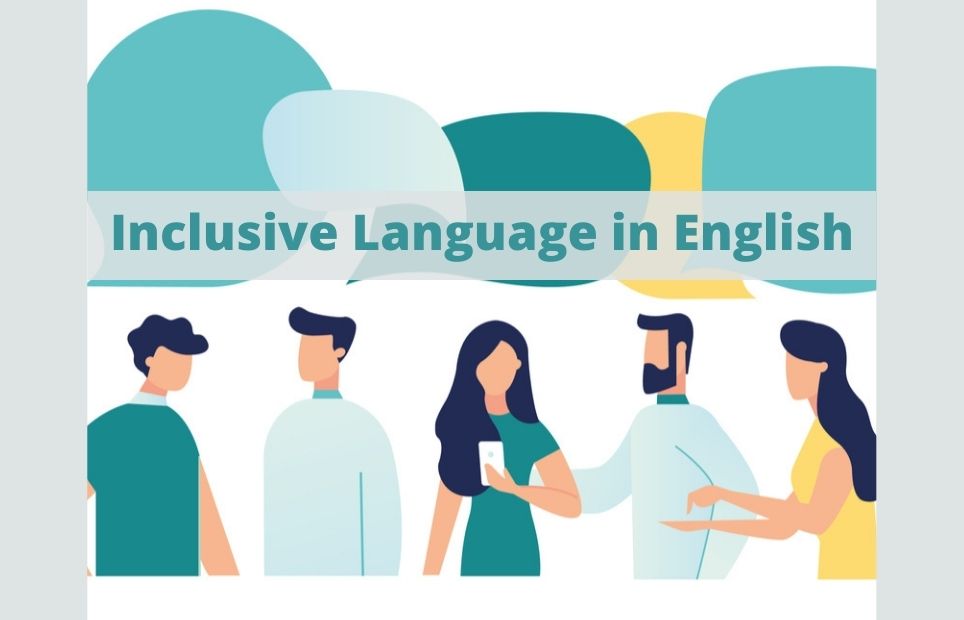The Importance of Editing Machine Translations

Why Machine Translation Should Be Edited In an era where artificial intelligence (AI) and machine learning are revolutionizing industries, machine translation (MT) has become an essential tool for businesses, researchers, and individuals who need quick and cost-effective translations. However, despite its advancements, MT still falls short in producing accurate, natural, and contextually appropriate translations. This […]
How Translators Can Leverage AI for More Than Just Translation

The world is getting smaller, and communication across languages is more crucial than ever. Translators have long been the bridge connecting cultures and ideas, but the rise of Artificial Intelligence (AI) is transforming the landscape. While machine translation (MT) has grabbed headlines, the real power of AI for translators lies beyond simply converting words. Here […]
The Power of Spanish Translation for Nonprofits

In an increasingly interconnected world, where diversity is celebrated and inclusion is paramount, nonprofit organizations are recognizing the importance of effective communication to engage with diverse communities, including the Hispanic community. One significant aspect of this communication strategy is the use of Spanish translation services, as Spanish is one of the most widely spoken languages. […]
The Crucial Role of Style Guides and Glossaries in the Translation Industry

In the rapidly expanding global landscape, effective communication has become the cornerstone of successful business operations. With the rise in international interactions and cross-cultural collaborations, the demand for translation services has grown exponentially. Amidst this evolution, the creation of a well-defined style guide and a comprehensive glossary has emerged as a crucial asset in the […]
Translation Agencies: Revolutionizing Healthcare Communication

In the global healthcare landscape, effective communication is paramount for ensuring optimal patient care and well-being. However, the linguistic diversity within patient populations poses a significant challenge for healthcare providers. This is where translation agencies emerge as crucial allies, providing comprehensive language solutions to bridge the communication gap and facilitate the seamless translation of healthcare […]
A Guide to Translating Your Employee Handbook to Spanish

In today’s globalized world, businesses are increasingly diverse, with employees hailing from various linguistic backgrounds. To foster a more inclusive and productive workplace, many companies find it essential to translate their employee handbooks into multiple languages. Spanish is one of the most widely spoken languages globally, making it a common choice for translation. In this […]
International Translation Day: Celebrating the Many Faces of Humanity

International Translation Day: Celebrating the Many Faces of Humanity International Translation Day, celebrated annually on September 30th, is a time to recognize and appreciate the essential role that translation and translators play in bridging linguistic and cultural divides. This day also offers an opportunity to reflect on the evolving landscape of the translation industry and […]
Can the Spanish Language Make You Healthier?

Among the most fascinating topics in linguistics is how the language we speak influences our personalities. This is known as linguistic relativity or the Sapir-Whorf hypothesis. It weaves into our actions in subtle ways, from how we may envision an imagined object to look, our outlook on life, and how we handle stress. One potential […]
Is It Time to Head Back to the Office?

The COVID-19 pandemic has undeniably had a huge impact on work culture around the world. At the start of the pandemic, many lost their jobs or had no choice but to work from home, with offices around the world absent for months. While working from home is by no means a novel concept, COVID-19 saw […]
A Guide to Gender Neutrality and Inclusive Language in English

Language changes as people and ideas change, serving as a reflection of the identities, philosophies, and standards of an era. An intriguing development for linguists has been the promotion in many languages around the world of using more inclusive language and, by extension, gender-neutral terms in response to attempts to make society accessible to all. […]



